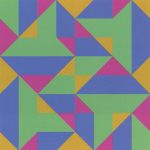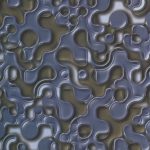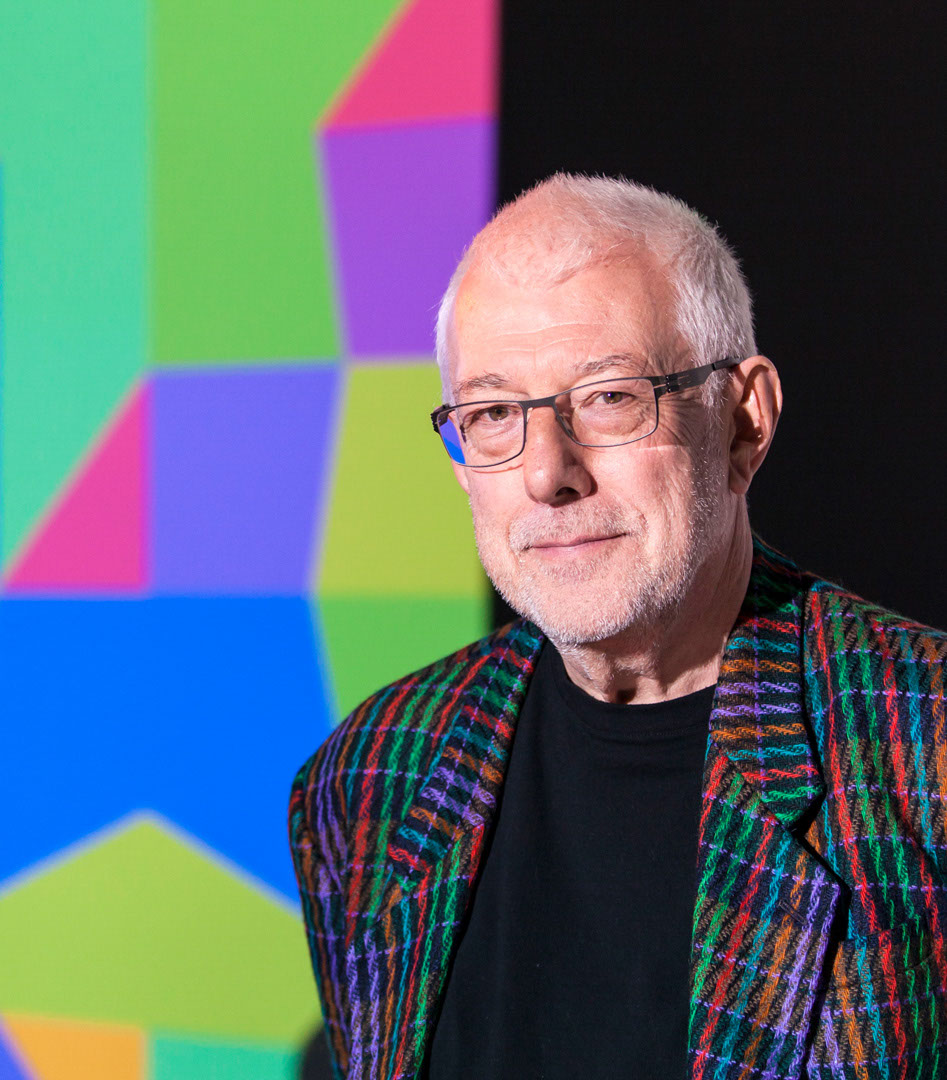SIGGRAPH 2023 Distinguished Artist Award: Brown
Awardee(s):
Award:
-
Distinguished Artist Award
Description:
Born in England in 1947, Brown is an artist and writer who has specialized in art, science, and technology since the 1960s. From his first solo exhibition in 1967, Brown’s work has been concerned with digital creativity, machine/human relations, sentience, and emerging aesthetics. He was one in the group that originally developed the field of computational, generative, and code art while at the Slade School of Fine Art (University College London) in the 1970s.
Artistic practices of this period were still commonly tied to acts of self-expression; Brown’s interest in self-generative forms was grounded in the development of processed-based methods for producing images and time-based artworks that responded more closely to the wider world. The conceptual foundations of the burgeoning systems art movement of the time—which overlapped with phenomena such as process art—led artists to grapple with current scientific-technological systems and their place within art and life.
Brown’s early artworks brought the idea of creative computing into the world at a time when computers were seen as nothing other than workhorses for industry. His continued exploration of computational and generative art in the 1970s was transformational and helped create new art forms and trajectories of practice. His active engagement with non-traditional partners—drawn from the science and technology sectors—foreshadowed an interdisciplinary approach that only now, 50 years later, would be deemed commonplace.
On the occasion of Brown’s 2018 solo exhibition “Process, Chance, and Serendipity: Art that Makes Itself” at the National Academy of Sciences, Allie Biswas said that the work on view “exemplifies the astonishing computational processes engendered by Brown that, perhaps most of all, reveal the beauty of spontaneous and organic structures.” Far from being closed technical artworks that submerge into themselves, Brown’s skill lies in creating processes that playfully engage the viewer and are experienced through their emergence, rather than any specific construction. What is more, these artworks that build themselves through the conception of computational means make a strong case for questioning whether human intervention is even necessary.
Again, quoting Allie Biswas: “The importance of abstraction for Brown not only relates to the conceptual frameworks he employed, but also, critically, to the aesthetic that populates his creations. This is especially demonstrated by Reconfigurable Painting (1977/2015), the original version of which consisted of six triangular canvases that were exhibited in various configurations determined by the artist in advance. Several of Brown’s earlier works could be reconfigured when exhibited and sometimes even rearranged by the visitors themselves, signaling a type of interaction that would go on to underline the art object/audience relationship. Reconfigurable Painting was one of several works that aided the artist’s interest in permutative sets, which went on to inform his later works.”
Brown’s work has been featured in exhibitions at major international venues including Tate, Victoria & Albert, and ICA in the UK, the Adelaide Festival in Australia, ARCO in Spain, the Substation in Singapore, and the Venice Biennale. His work is held in public, corporate, and private collections throughout Australia, Asia, Europe, Russia, and the USA. Currently, “Paul Brown Retrospective 1966–2022 “Computer Arts Society is on exhibit at BCS, The Chartered Institute for IT, in London.
In addition, Brown has been a long-standing advocate of the digital arts internationally, contributing to educational and professional organizations throughout his career. He has been recognized as a historian of the field; he co-edited the book “White Heat Cold Logic,” British Computer Art 1960-80, MIT Press, Leonardo Imprint, 2009.
Artwork(s):
-

Sculpture Simulation
Artist(s):
Art Categories: [2D and Wall-Hung]
[SIGGRAPH 1986,SIGGRAPH Artworks in the Victoria & Albert Museum] -

4^16
Artist(s):
Art Categories: [2D and Wall-Hung]
[SIGGRAPH 2006] -

Swimming Pool
Artist(s):
Art Categories: [2D and Wall-Hung]
[SIGGRAPH 1998,SIGGRAPH Artworks in the Victoria & Albert Museum] -

My Gasket
Artist(s):
Art Categories: [2D and Wall-Hung]
[SIGGRAPH 1999] -

Drawing
Artist(s):
Art Categories: [Installation]
[SIGGRAPH 1986]
Learning Presentation(s):
Additional Information:
The Distinguished Artist Award for Lifetime Achievement in Digital Art is presented annually to an artist who has created a substantial and important body of work that significantly advances aesthetic content in the field of digital art.





